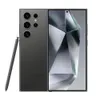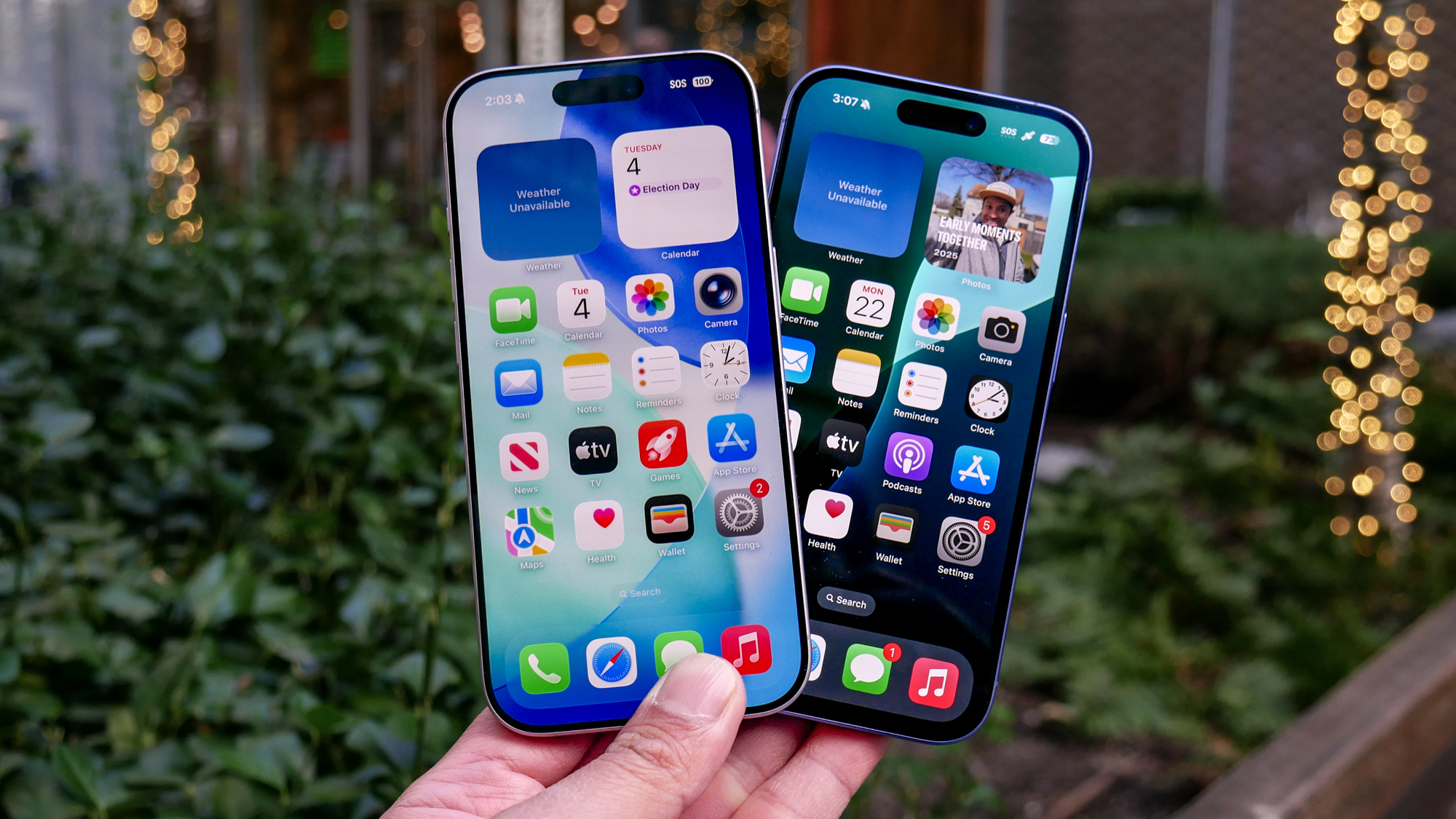I was a phone engineer, and these are the things to watch out for when using third-party parts in your smartphone
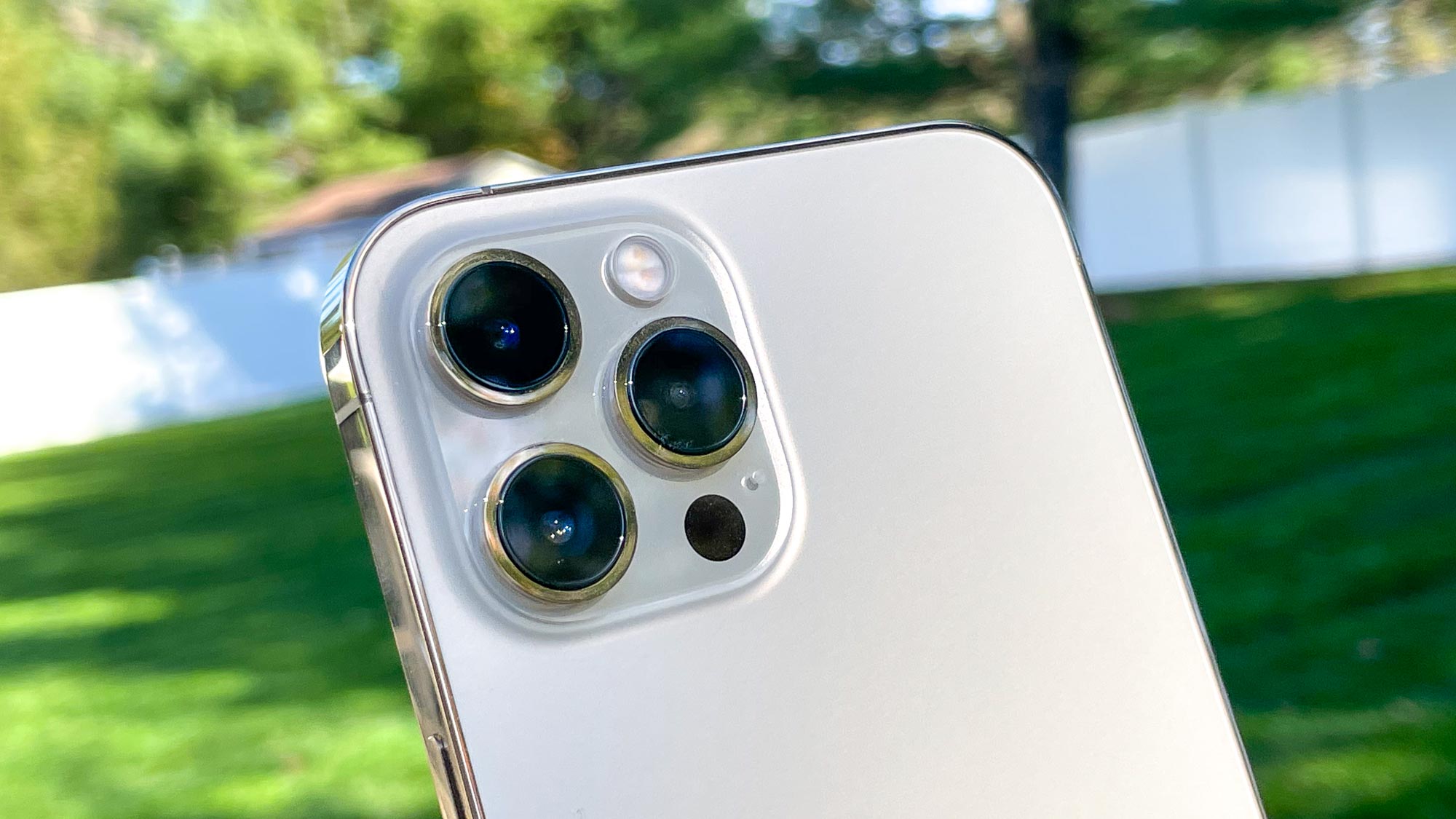
There are few things worse than your smartphone breaking, it is both heartbreaking and potentially wallet-busting when it happens. There’s nothing easy about getting your phone fixed, and it only gets more difficult when you start using third-party parts.
There can be many reasons why people might use third-party parts — or be tempted to use them — instead of going with official parts. For instance, your phone may be out of warranty, and you want to save some money. Alternatively maybe your phone is declared obsolete by its manufacturer, meaning there are no new parts. That just happened with the iPhone 5s, for example.
There's nothing wrong with wanting to use third-party parts, but you need to be aware of what can go wrong with them. With that in mind, I’m going to use my experience as a phone engineer to tell you what to look out for so you save some money while protecting your phone and yourself.
One important thing to note is if you bring in a phone still under warranty to a licensed repair store, they will charge you to replace all the parts in it. The reason for this is that the store needs to return the phone to you in the state it would have been when the warranty started. So you won't save any money in this instance.
Third-party parts: Screens

A smartphone screen is an essential part of the device and one of the most expensive pieces to replace. This is an issue because it is also one of the more likely pieces to break — and if it does, you might no longer be able to use your phone.
For most phones, I would always recommend getting an official screen. But if you want to go with a third-party screen there are a few things to be aware of.
One of the most common issues with third-party screens is that the touchscreen doesn’t register properly. This can come down to several reasons, but the two most common are that the connection is faulty or the glass on the screen is too thick.
Get instant access to breaking news, the hottest reviews, great deals and helpful tips.
There’s an easy way to test this on an Android device, type in *#0*# on the phone app and then select the touch screen option. The best way to check it on an iPhone is to go into the Notes app and draw a line around the screen to see if it stops registering.
Another threat — one that's more risky to the phone — is the screen being the wrong size. A missized replacement screen is more likely to break. Also, the gap between the screen and the bezel can let moisture in.
The best way to check this is to run your finger along the side of the screen, if you can feel the raised edge of the screen or feel a small gap between the screen and the bezel, then the screen is either the wrong size or improperly set.
Third-party parts: Batteries
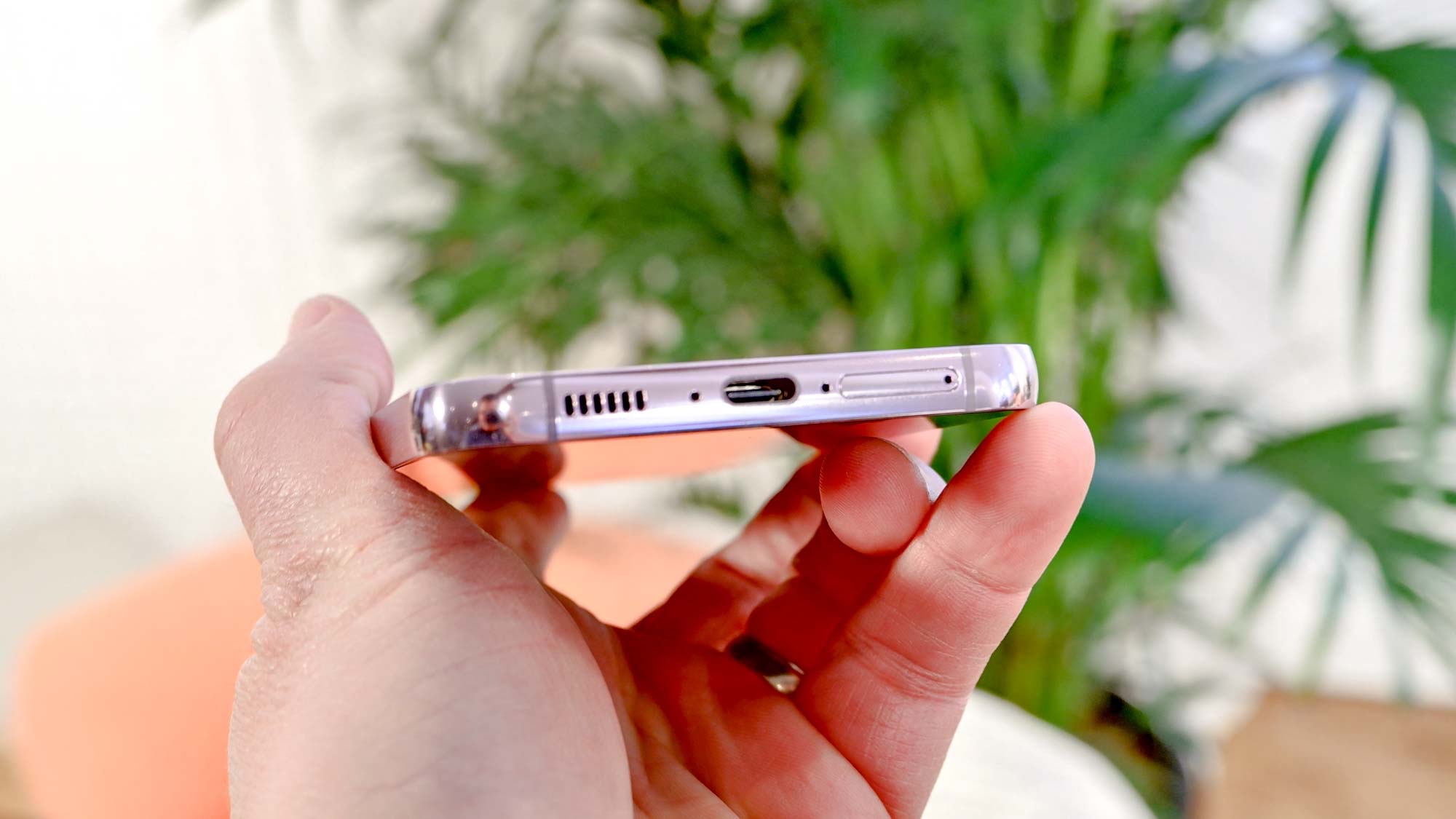
Batteries make up the lifeblood of the phone, but they can also come with their own faults, and cheap batteries create nothing but problems. Dodgy batteries can damage other crucial components in the phone.
The main fault that you could run into with third-party batteries is that they just will not hold a charge. This is usually down to the voltage being wrong, meaning the phone draws more than the battery can provide. Thankfully, it's relatively easy to check the overall battery health on your iPhone or look up your Android phone's battery health.
The bigger risk comes from the battery damaging the phone or swelling, which usually happens due to battery decay and the build-up of gasses. This is harder to check by yourself because you won’t see the problem until it is too late. You can tell that the battery is swelling when the back of the phone begins to rise and feels bouncy when pressed. If you notice the battery is swelling, get it replaced as a swelling battery poses a fire hazard.
Thankfully, batteries are some of the easiest pieces to change and, usually, won’t lead to more repairs. However, many modern phones require the screen to be removed to change the battery. If the screen has any chips or small cracks then it will shatter, so many repair centers will charge for a screen replacement with the battery.
Third-party parts: Any other pieces
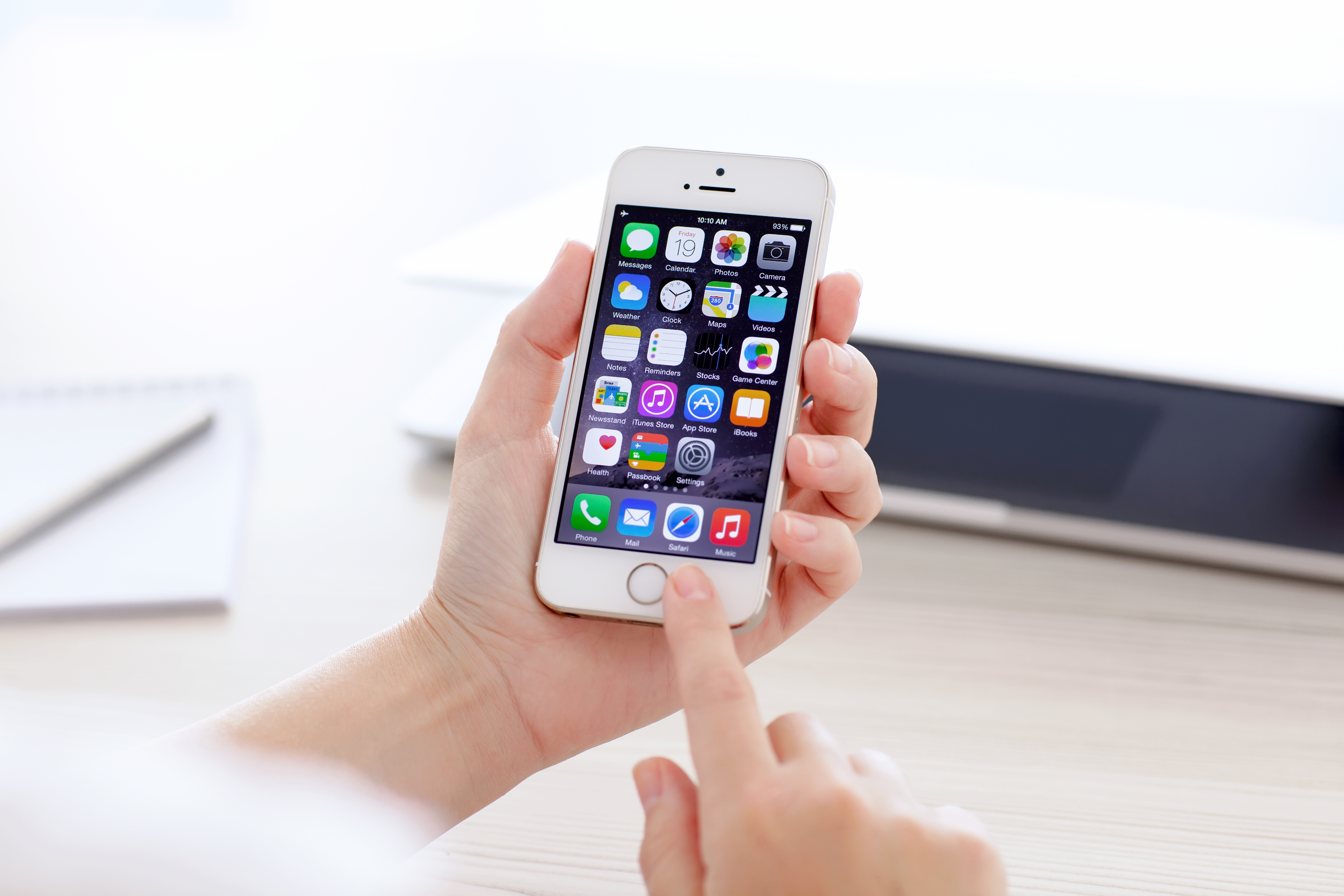
It is unlikely that you will have to replace other hardware parts in a phone, but it can happen. The biggest risk with replacing things like a camera or the charging block is that they simply won’t work as they should. For instance, a third-party charging block could take a different wattage, which would cause more damage to the battery.
In most modern phones, the charging block is now part of the main board, so you can’t easily change it without having to change the whole board. That's a part that's not available as a third-party option.
A third-party camera block could have the wrong lens or aperture, or it may not connect to the phone's software properly. This could leave you with a camera that either looks wrong or simply doesn’t work.
In truth, if you find a fault with either of these parts, your best bet is to simply get a new phone, as any repair or part you find is only going to get worse as time goes on.
Third-party parts: Where to find good parts and suppliers
It isn’t all doom and gloom, however — there are some good places to find parts to repair your older phone. The first thing to do is be honest with your abilities, especially when fixing a phone.
After all, phones are complicated bits of machinery and it can be easy to screw up a repair without meaning to. That said, iFixit supplies some great repair kits and have guides that make repair work easier than ever.
When tracking down a good repair store, look for some of the big brands like iSmash that have a proven track record. If you're not sure about the store, ask them what tests they perform and whether they offer a warranty on their repair. Look at reviews, too, to see if people are happy with their repairs. One thing I would always recommend is to avoid going to back-alley repair stores or gazebos, as they tend to focus more on bulk and rarely bother fixing them to a warranty standard.
However, the best protection for your phone is to avoid repairs entirely. We have a list of 5 tips to keep your phone safe that can help to keep you out of repair stores for a while.
More from Tom's Guide
- iOS 18 could finally give your iPhone a proper password manager
- Apple announces Apple Design Award winners — here’s our 7 favorite apps and games
- iPhone's upcoming AI features may come from OpenAI — but you'll need to opt-in to use them

Josh is a staff writer for Tom's Guide and is based in the UK. He has worked for several publications but now works primarily on mobile phones. Outside of phones, he has a passion for video games, novels, and Warhammer.

